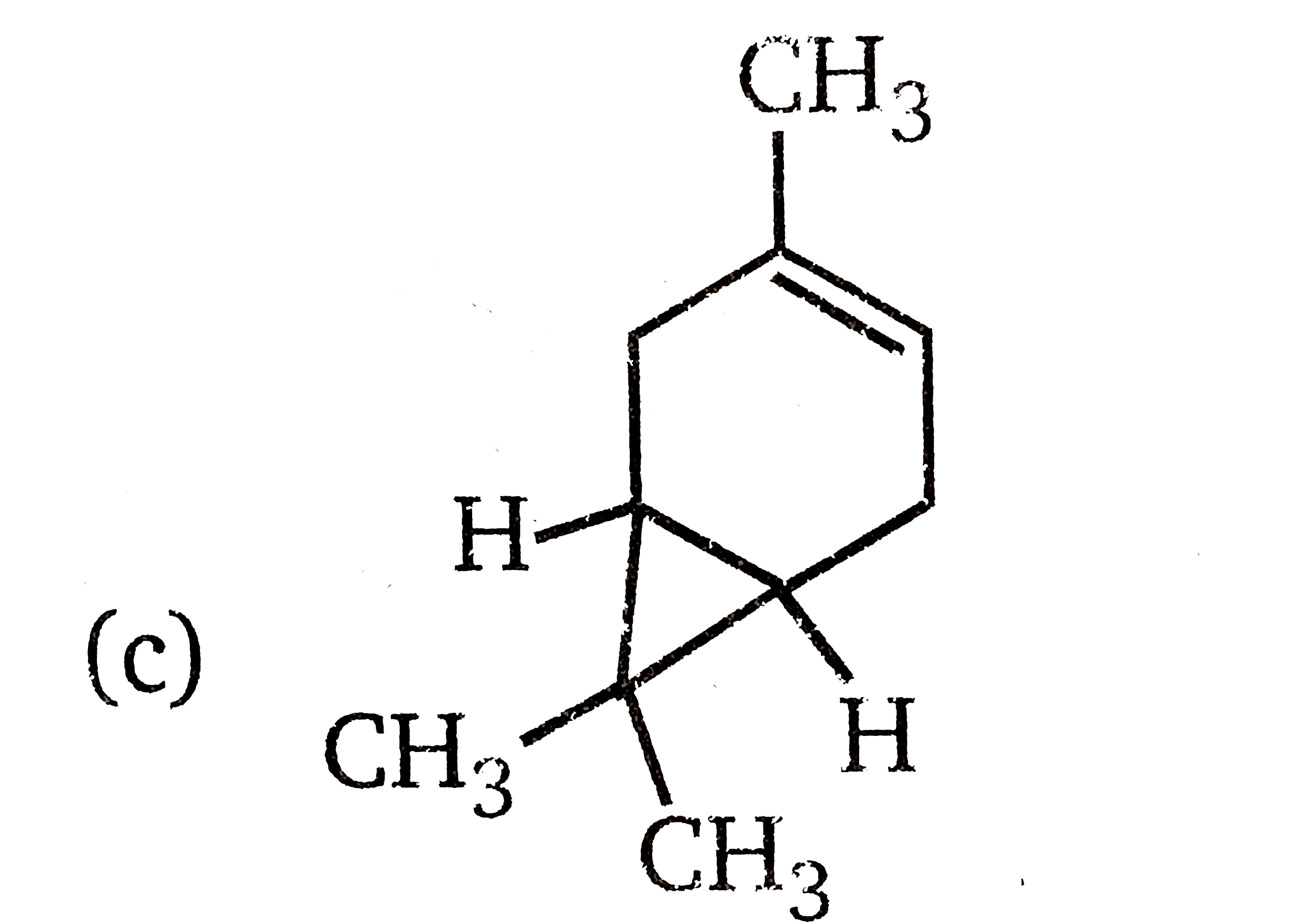One mole of each of the following alkenes is catalytically hydrogenated. The quantity of heat evolved will be the lowest in the case of
1-butene
trans-2-butene
cis-2-butene
1,3-butadiene
The correct Answer is:D
To determine which alkene will evolve the lowest quantity of heat upon catalytic hydrogenation, we need to analyze the stability of the given alkenes. The heat of hydrogenation is inversely proportional to the stability of the alkene; therefore, the more stable the alkene, the lower the heat evolved during hydrogenation.
1. Understanding Heat of Hydrogenation:
- The heat of hydrogenation (ΔH) is the heat released when an alkene is converted to an alkane by the addition of hydrogen.
- The stability of alkenes is crucial because more stable alkenes release less heat upon hydrogenation.
2. Identifying the Alkenes:
- Let's consider the alkenes mentioned in the question. For example, we can take:
- 1-butene
- 2-butene (both cis and trans)
- 1,3-butadiene
- We need to compare their stabilities.
3. Analyzing Stability:
- 1-butene: This is a terminal alkene and is less stable due to having fewer substituents on the double bond.
- 2-butene: This is a more stable alkene compared to 1-butene. Among the isomers, trans-2-butene is more stable than cis-2-butene due to less steric hindrance.
- 1,3-butadiene: This is a conjugated diene and is more stable than 1-butene and 2-butene due to resonance stabilization.
4. Ranking the Alkenes by Stability:
- Most Stable: 1,3-butadiene (due to resonance)
- Next: Trans-2-butene (due to lower steric strain)
- Then: Cis-2-butene
- Least Stable: 1-butene (due to being a terminal alkene)
5. Conclusion:
- Since the heat of hydrogenation is inversely proportional to stability, the alkene that will evolve the lowest quantity of heat upon hydrogenation is the most stable one.
- Therefore, the alkene that will evolve the lowest quantity of heat upon catalytic hydrogenation is 1,3-butadiene.
Final Answer:
The quantity of heat evolved will be the lowest in the case of 1,3-butadiene.
- The heat of hydrogenation (ΔH) is the heat released when an alkene is converted to an alkane by the addition of hydrogen.
- The stability of alkenes is crucial because more stable alkenes release less heat upon hydrogenation.
- Let's consider the alkenes mentioned in the question. For example, we can take:
- 1-butene
- 2-butene (both cis and trans)
- 1,3-butadiene
- We need to compare their stabilities.
- 1-butene: This is a terminal alkene and is less stable due to having fewer substituents on the double bond.
- 2-butene: This is a more stable alkene compared to 1-butene. Among the isomers, trans-2-butene is more stable than cis-2-butene due to less steric hindrance.
- 1,3-butadiene: This is a conjugated diene and is more stable than 1-butene and 2-butene due to resonance stabilization.
- Most Stable: 1,3-butadiene (due to resonance)
- Next: Trans-2-butene (due to lower steric strain)
- Then: Cis-2-butene
- Least Stable: 1-butene (due to being a terminal alkene)
- Since the heat of hydrogenation is inversely proportional to stability, the alkene that will evolve the lowest quantity of heat upon hydrogenation is the most stable one.
- Therefore, the alkene that will evolve the lowest quantity of heat upon catalytic hydrogenation is 1,3-butadiene.
The quantity of heat evolved will be the lowest in the case of 1,3-butadiene.
Topper's Solved these Questions
- HYDROCARBONBook:ERRORLESS Chapter:HYDROCARBONExercise:JEE SECTION (More than one choice correct answer)
Explore 35 Videos
- HYDROCARBONBook:ERRORLESS Chapter:HYDROCARBONExercise:JEE SECTION (Reasoning type questions)
Explore 4 Videos
- HYDROCARBONBook:ERRORLESS Chapter:HYDROCARBONExercise:CRITICAL THINKING (Objective questions)
Explore 24 Videos
- HALOGEN CONTAINING COMPOUNDBook:ERRORLESS Chapter:HALOGEN CONTAINING COMPOUNDExercise:Critical Thinking (Jee (Advanced) 2018)
Explore 1 Video
- IONIC EQUILIBRIUMBook:ERRORLESS Chapter:IONIC EQUILIBRIUMExercise:JS Jee Section (JEE Advanced (Numeric answer type question))
Explore 1 Video
Similar Questions
Knowledge Check
Which of the following alkene on catalytic hydrogenation gives cis and trans-isomers?
A B
B C
C Dall of these
Dall of theseWhich of the following dienes has lowest heat of hydrogenation?
ACH3CH2−CH=C=CH2BCH2=C=CH−CH3CCH2=CH−CH=CH2DCH2=CH−CH2−CH=CH2Which of the following can be used as catalyst for hydrogenation of alkene?
AAdam's catalystBWilkinson's catalystCRosenmund catalystDLindlar's catalyst
Which of the following is most reactive toward catalytic hydrogenation ?
View SolutionWhich of the following alkenes have lower value of heat of hydrogenation than

View SolutionWhich of the following reactions evolves heat?
View SolutionWhich of the following statements is/are correct regarding catalytic hydrogenation?
View SolutionWhich of the following has the smallest heat of hydrogenation per mole ?
View Solution


